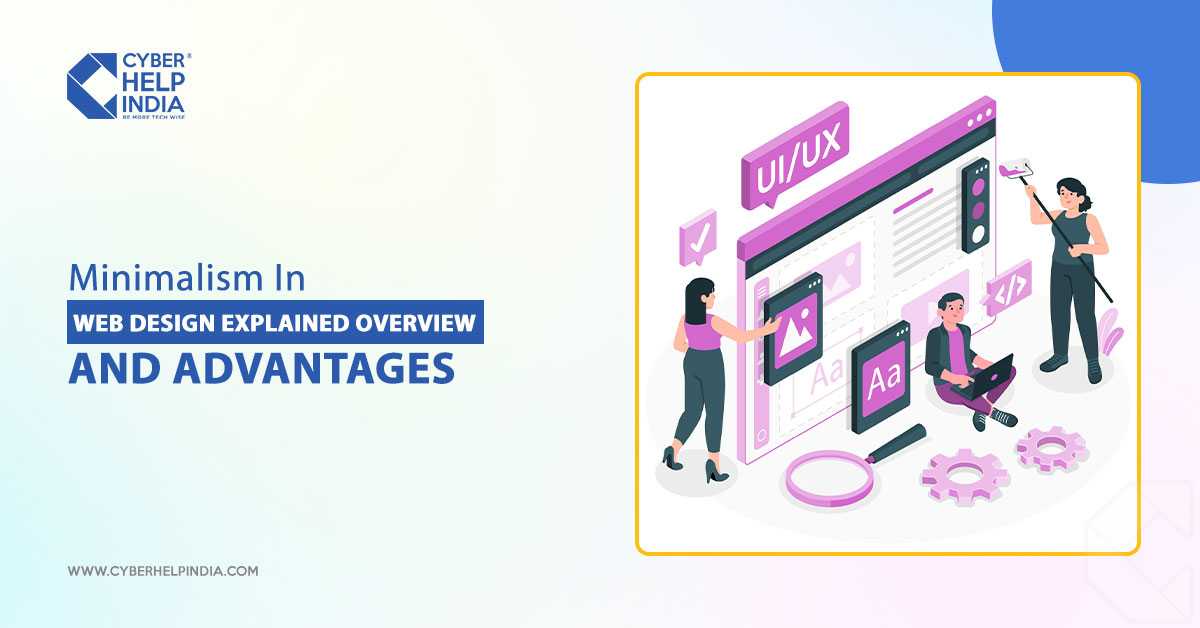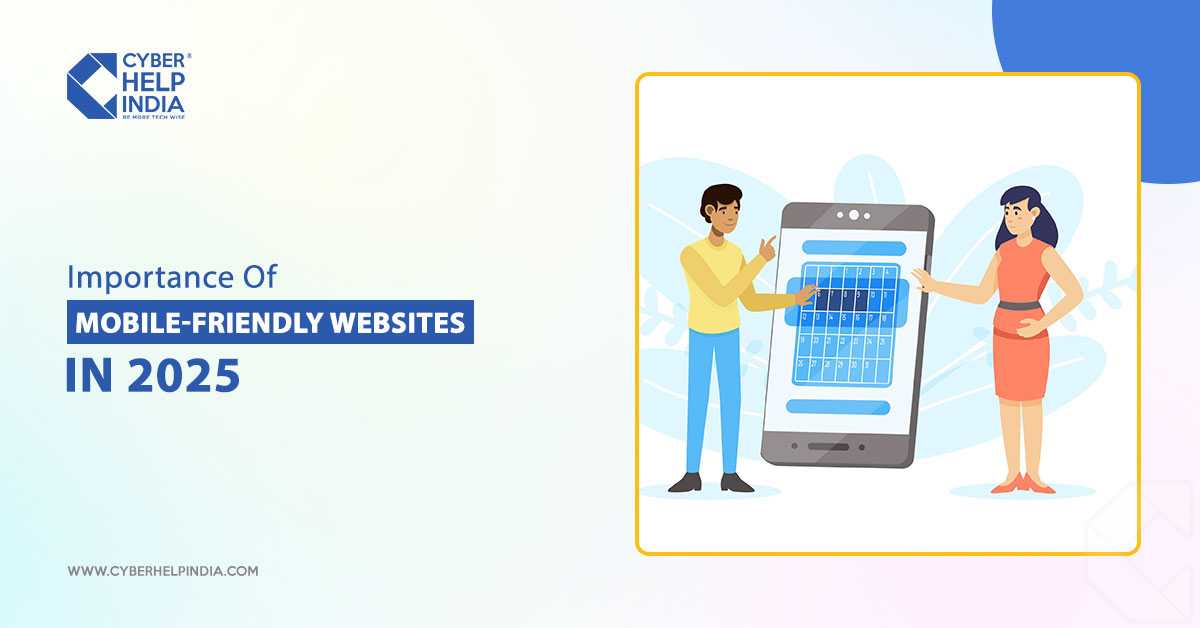We often think of advanced and simple ways to explain some pretty complex web development ideas to our clients. What we have learned is that the idea isn’t tough to grasp, but rather all the other terminology is really tough to keep straight. This is our effort to explain some common terminology in today’s modern web world; as of January 2015, and our wish is that you may find it beneficial.
1. Browsers: Browsers are the interpreters of the web. They request information and then when they obtain it, they show us on the page in a format we can see and understand.
Google Chrome: It is the most popular browser at present, developed by Google.
Firefox: It is a free and open source browser manufactured by the Mozilla Foundation
Internet Explorer: It is a web browser developed by Microsoft Corporation.
Safari: Safari is Apple’s web browser.
2. HTML: It is a Markup Language. It provides the structure of a website and instructs web browser; How and what to display on a web page.
3. CSS: CSS stands for Cascading Style Street. It authorizes web designers to alter fonts, animations, colors, and transitions on the web. They make the web appear exceptional.
LESS: It is a CSS pre-compiler to make functioning with CSS easier and add a range of capabilities.
SASS: Another CSS pre-compiler to make functioning with CSS easier and add functionality.
4. Programming Language: Programming Languages are techniques to communicate to computers and instruct them to perform particular tasks. There are different programming languages just like there are many different vocals or oral languages like English, Italiano, French, Spanish, Deutsch, etc. One is not better than the other. Developers, who are proficient at a couple, promote those more than others. So, here are just some of the languages and links to their homepages.
JavaScript: It is a powerful scripting language operated by all web browsers, Meteor, and lots of other frameworks.
Coffee-Script: It is a kind of “terminology” or “dialect” of JavaScript. It may appear simpler and easier to but it converts back into JavaScript.
Python: It is a programming language widely used by Django web framework. It is considerably used in mathematical calculations.
Ruby: It is a programming language for web applications. It is widely used by the Ruby on Rails framework.
PHP: It is a popular server-side scripting language for the web. it is used by WordPress.
Go: It is a newer programming language, built for speed.
Objective-C: It is the main programming language behind your iPhone, lead by Apple.
Swift: It is powerful and newest programming language developed by Apple.
Java: Java is operated by Android(Google) and a lot of desktop applications.
5. Frameworks: Frameworks are built for easier functioning and manufacturing with programming languages. Usually, it accepts all the complex, repetitive tasks in setting up a new web application. It either carries out them for you or makes them easier for you to accomplish it.
Meteor: It is a full-stack (front and back end) JavaScript Framework
Node.js: It is a server-side platform manufactured on Google Chrome’s JavaScript Engine.
Ruby on Rails: It is a full-stack framework built using Ruby.
Django: It is a full-stack framework built using Python.
Ionic: It is a mobile app framework.
Phonegap/Cordova: It is a mobile framework that exposes native API’s of iOS and Android for use when writing JavaScript.
Bootstrap: It is a user interface (UI) for manufacturing with HTML/CSS/JavaScript.
Foundation: It is a user interface (UI) for building with HTML/MCSS/JavaScript.
WordPress: It is Content Management System (CMS) manufactured on PHP. About 20% of all websites function on this framework at present.
Drupal: It is also a CMS developed using PHP.
NET- It is a full-stack framework built by Microsoft Corporation.
Angular.js: It is a front-end JavaScript framework for dynamic web apps.
Ember.js: Another front-end JavaScript framework for creating ambitious web applications.
Backbone.js: It is a front-end JavaScript framework.
6. Libraries: Libraries are an arrangement of code particles or snippets to a considerable amount of functionality without having to write it all by yourself. Libraries even usually go through the difficulty to ensure the code is efficient and functions well across browsers and devices.
jQuery: It is a fast, small and rich JavaScript library
Underscore: A JavaScript Library.
7. Databases: Database is a management system where all your data is stored. It is similar to the bunch of filing cabinets with folders filled with files. Databases come mainly into two categories: SQL and NoSQL. SQL provides more framework which helps with making sure all the data is correct and validated. NoSQL provides a lot of flexibility for manufacturing and managing applications.
Mango DB: The only database supported by Meteor. It is an open-sourced NoSQL database.
Redis: It is lighting fast for retrieving data but doesn’t allow for much depth in the data storage. It is the most popular key-value store.
PostgreSQL: It is a most popular open-sourced SQL database.
MySQL: MySQL is operated in WordPress websites. It is an another open-sourced SQL database.
Oracle: Oracle is an enterprise SQL database.
SQL Server: An SQL Server manager developed by Microsoft Corporation.
8. Client (or Client-Side): A client is one user of an application. It’s you and me when we explore http://google.com. Clients can be desktop computers, tablets, or mobile devices. There are usually multiple clients communicating with the same application stored on a server.
9. Server (or Server-side): Server is where the application code is usually stored. Requests are made to the server from clients, and the server will gather the correct information and acknowledge to those requests.
10. Front-end: The front-end is composed of HTML,CSS and JavaScript. This is how and where the website is shown to the users.
11. Back-end: The Back-end is comprised of your server and database. It is the place where operations, procedures, and data manipulation happens that you don’t prefer the clients to see.
12. Protocols: Protocols are patterned instruction for how to pass information back and forth between the computers and devices.
HTTP: Whenever you type a website like ” http://google.com” this protocol requests the website from Google’s server and then acknowledges a response with the HTML, CSS, and JavaScript of the website. This protocol is how each website gets to your browser.
DDP: DDP is an advanced protocol developed in connection with Meteor. The DDP protocol operates web sockets to create a dependable connection between the client and the server. This constant connection permits websites and data on those websites up in real-time without refreshing your browser.
REST: REST permits information to be exchanged between applications. It is a protocol chiefly used for API’s. It has standard methods like GET, POST and PUT.
13. API: An API is Application Programming Interface. It is designed by the developer of an application to permit other developers to use some of the functionality of the application without sharing a code. Developers reveal “end points” which are like inputs and outputs of the application. Operating an API can control access with API keys. Instances of good APIs are those developed by Facebook, Twitter, and Google for their web services.
14. Data formats: Data formats are the formation of how data is stored.
JSON: A rapidly developing as the most popular data format.
XML: It was the chief data format in initial web days and was largely used by Microsoft systems.
CSV: CSV is a data formatted by commas. Excel data is typically formatted in this manner.
We believe you obtained something in here that contributed an advanced idea to think about and talk about web technologies. This is not meant to be an all-encompassing list, but rather a medium to speak about all the great technologies we possess at our fingertips.




